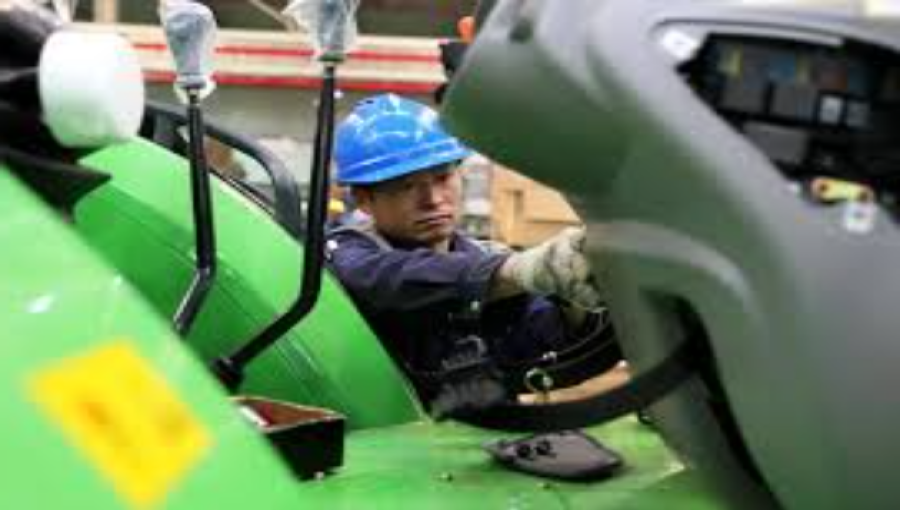China's manufacturing sector experiences a noteworthy rebound as factory activity grows for the first time in six months, according to official data released Sunday. The positive uptick in the Purchasing Managers' Index (PMI) indicates a potential revival in the world's second-largest economy, offering optimism to policymakers amidst ongoing challenges.
China's economic landscape sees a glimmer of hope as manufacturing activity registers a notable turnaround, marking its first expansion in half a year, as revealed by official figures released by the National Bureau of Statistics (NBS) on Sunday. The Purchasing Managers' Index (PMI), a pivotal gauge of factory output, climbed to 50.8 in March from 49.1 in February, surpassing market expectations. This uptick, denoted by a figure above 50, signifies a resumption of growth after a prolonged period of contraction. The resurgence in factory activity is viewed as a positive indicator for Beijing, which has been grappling with the aftermath of stringent COVID-19 control measures imposed in late 2022. Despite the buoyant sentiment, China's economy faces multifaceted challenges, including a protracted crisis in the property sector, elevated youth unemployment rates, and deflationary pressures exacerbated by a global economic slowdown. In response, Chinese authorities have unveiled targeted measures and increased infrastructure spending to stimulate economic activity, aiming to achieve a five percent annual growth target for 2024. However, the efficacy of these efforts remains uncertain, as evidenced by mixed results and lingering concerns about the sustainability of the recovery. Alongside the uptick in manufacturing, China's non-manufacturing PMI, which encompasses the services sector, also saw improvement, rising to 53.0 in March. Despite the recent upticks, China's economic trajectory remains closely watched by analysts, given its implications for global growth and the efficacy of policy interventions in navigating prevailing headwinds.































Comment: